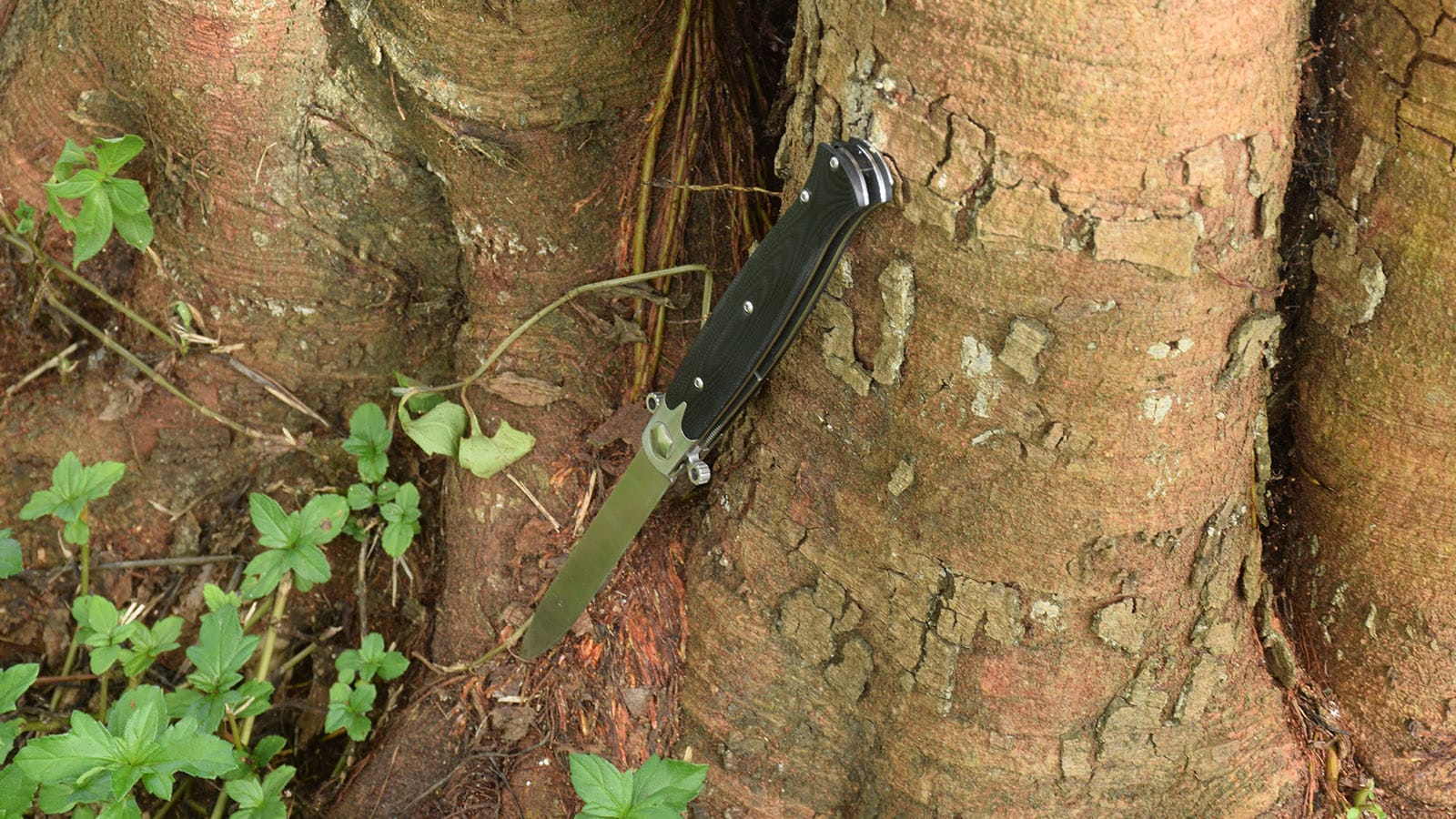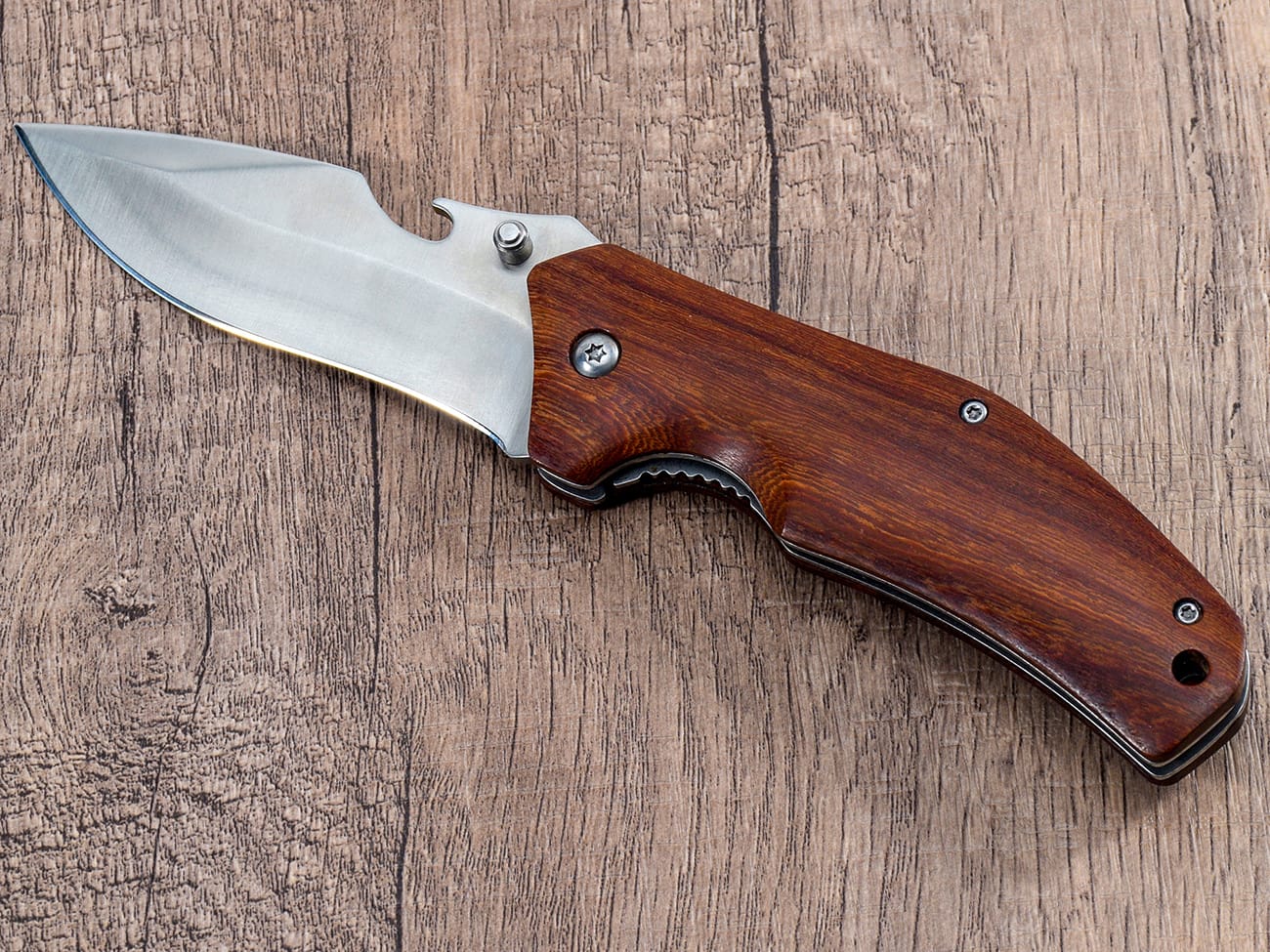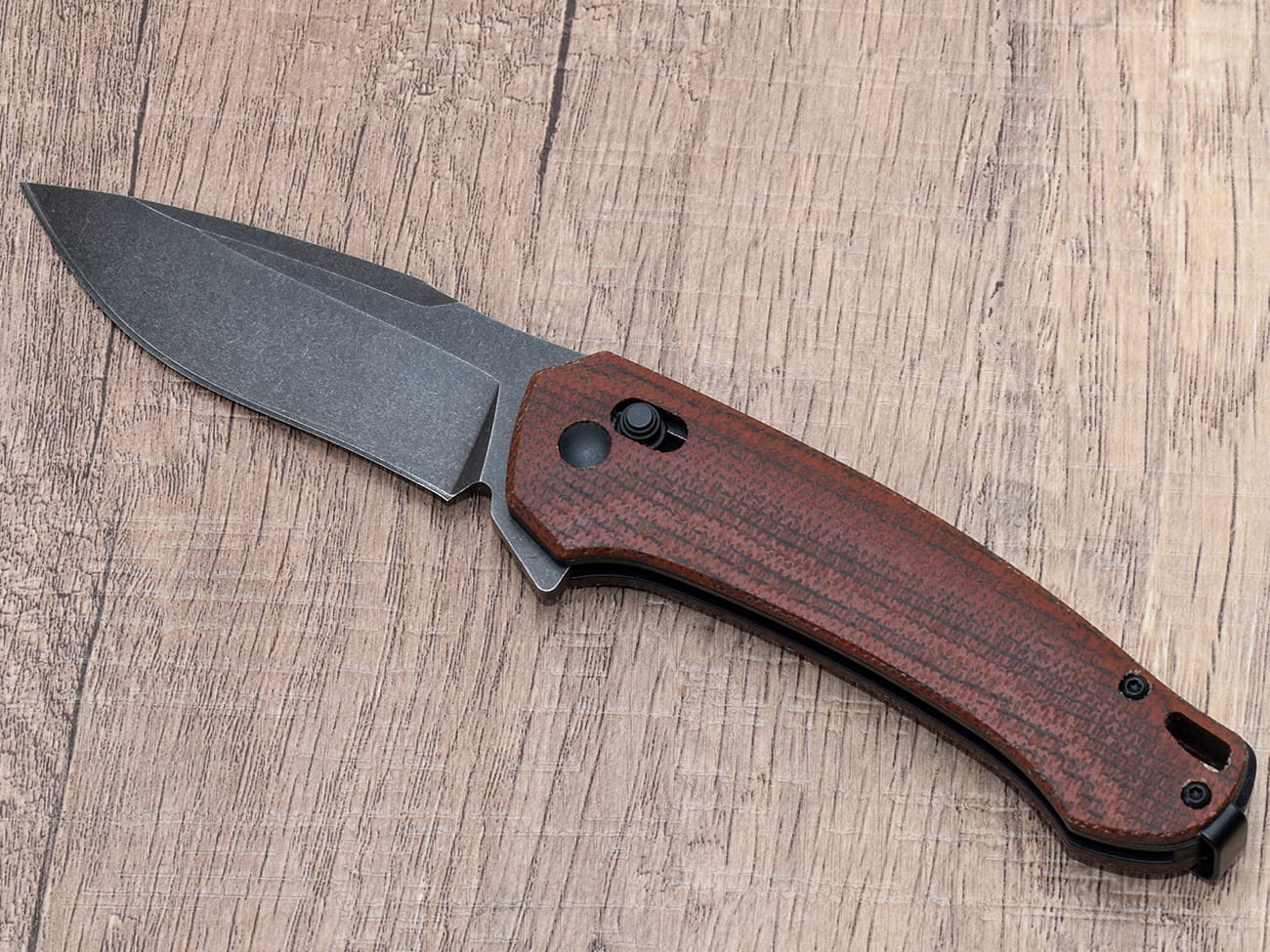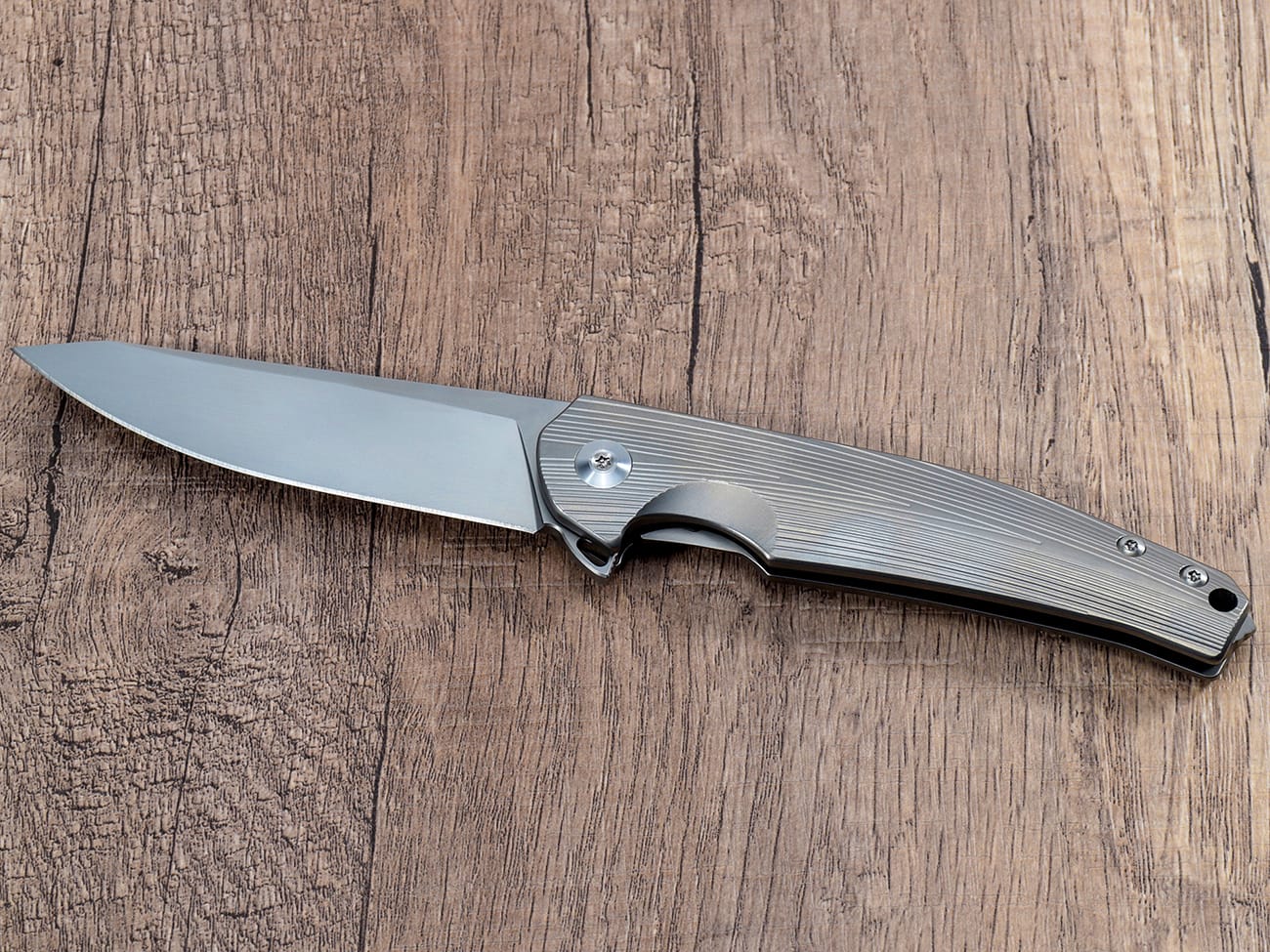Opening a bottle of wine shouldn’t be a struggle, even when you’re away from your kitchen. Whether you’re enjoying a picnic outdoors or hosting an impromptu gathering, knowing how to use a pocket knife corkscrew can be an invaluable skill. This guide will walk you through everything you need to know about using your Swiss Army knife or multi-tool corkscrew effectively and safely.
What Makes a Pocket Knife Corkscrew Different?
A pocket knife corkscrew is typically more compact than traditional wine openers, making it perfect for outdoor activities. Victorinox Swiss Army knives are particularly well-known for their reliable corkscrews, featuring sturdier construction and thoughtful design that compensates for their smaller size.
Why Choose a Knife with a Corkscrew?
The beauty of having a corkscrew on your pocket knife lies in its versatility. Beyond opening wine bottles, the corkscrew can serve multiple purposes:
- Emergency bottle opener
- Untying tight knots
- Handy camping companion
- Perfect picnic tool
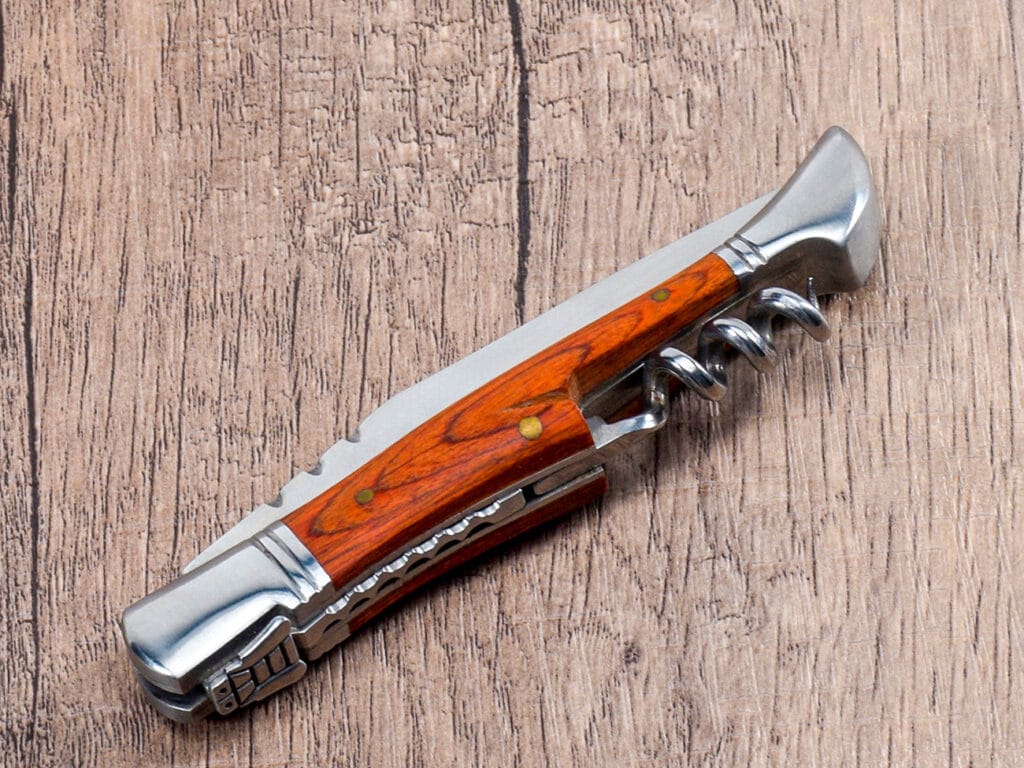
How to Properly Use Your Pocket Knife Corkscrew?
Follow these steps for successful cork removal:
- Unfold the corkscrew from your knife
- Remove the foil using the knife blade
- Position the corkscrew tip at the cork’s center
- Twist gently while applying downward pressure
- Continue until the spiral is fully inserted
- Use the lever action to extract the cork
Common Mistakes to Avoid When Using a Knife Corkscrew
Many people struggle with pocket knife corkscrews because they:
- Rush the insertion process
- Don’t center the corkscrew properly
- Apply too much force
- Forget to remove the foil completely
Which Pocket Knives Have the Best Corkscrews?
Several brands stand out for their corkscrew quality:
- Victorinox models with stainless steel construction
- Laguiole knives with traditional designs
- Multi-tool options with integrated corkscrews
Can’t Get the Cork Out? Try These Tips
If you’re struggling with a stubborn cork:
- Ensure the corkscrew is inserted straight
- Use the bottle as leverage
- Apply steady, even pressure
- Consider using the knife’s other tools for assistance
Maintaining Your Pocket Knife Corkscrew
Keep your corkscrew in top condition by:
- Cleaning after each use
- Checking for cork residue
- Ensuring proper storage
- Regular maintenance checks
When Should You Not Use a Pocket Knife Corkscrew?
There are times when alternative methods might be better:
- With very old wines
- When dealing with synthetic corks
- If the corkscrew shows signs of damage
- When a traditional wine opener is readily available
The History Behind Pocket Knife Corkscrews
The integration of corkscrews into pocket knives dates back to the 19th century, with Swiss Army knives leading the innovation. This feature has become increasingly popular in modern EDC knives.
Expert Tips for Pocket Knife Corkscrew Success
Professional sommeliers recommend:
- Practice on ordinary wines first
- Keep the blade sharp for foil removal
- Learn proper angle techniques
- Maintain steady pressure throughout
Key Points to Remember:
- Always center the corkscrew before starting
- Use slow, controlled movements
- Keep your corkscrew clean and maintained
- Practice makes perfect
- Safety should be your primary concern
- Consider the wine’s age and cork condition
- Have a backup plan ready
By following these guidelines and practicing regularly, you’ll master the art of using your pocket knife corkscrew, making you the go-to person for opening wine bottles in any situation.

